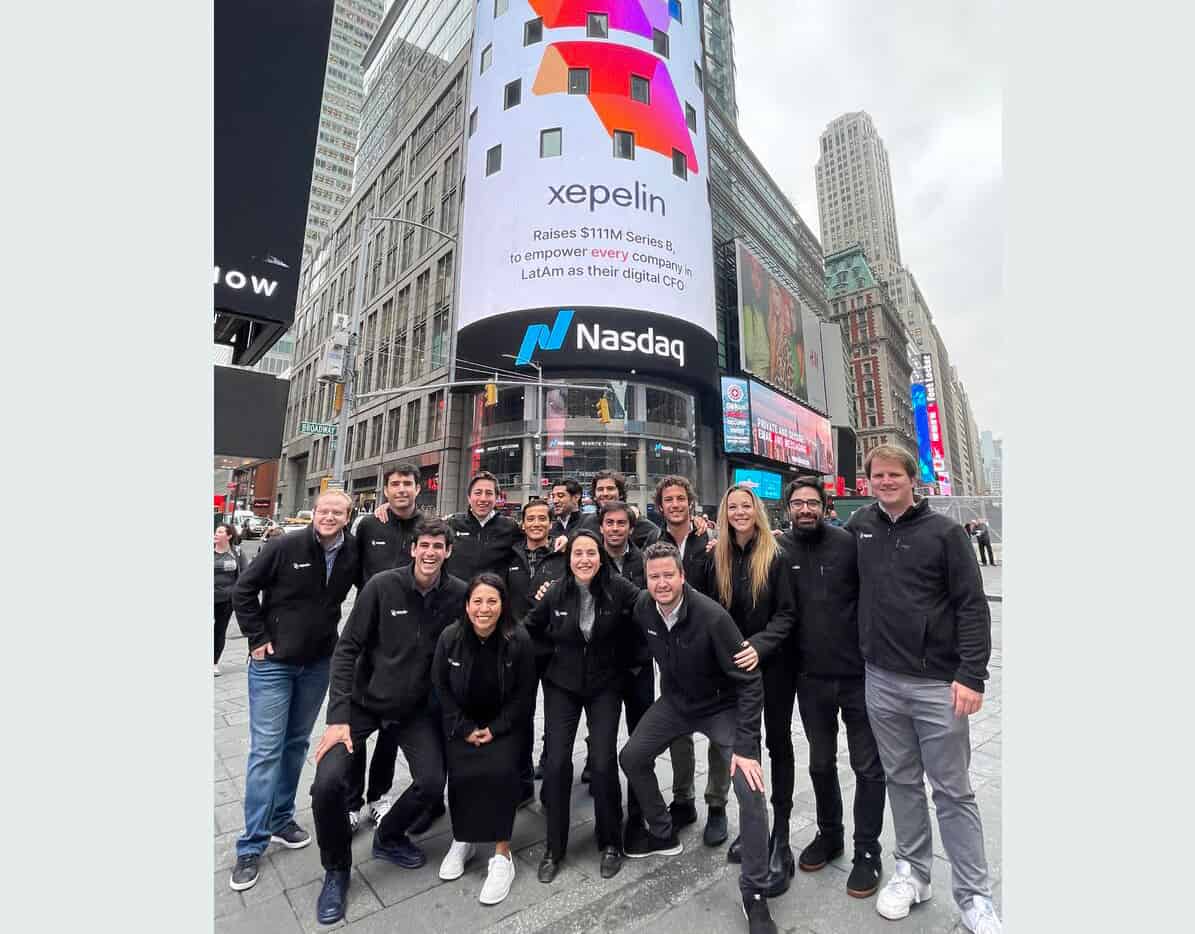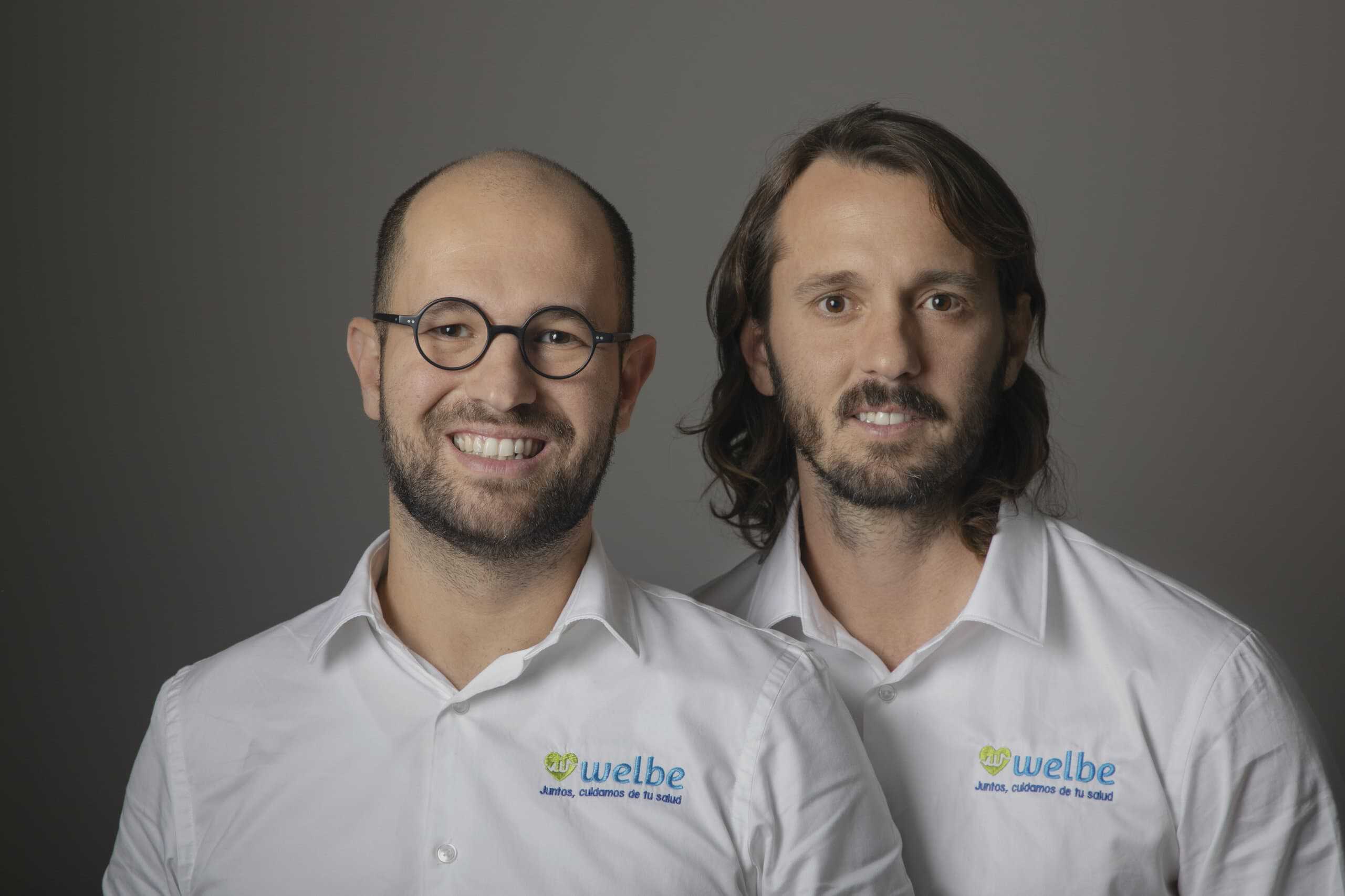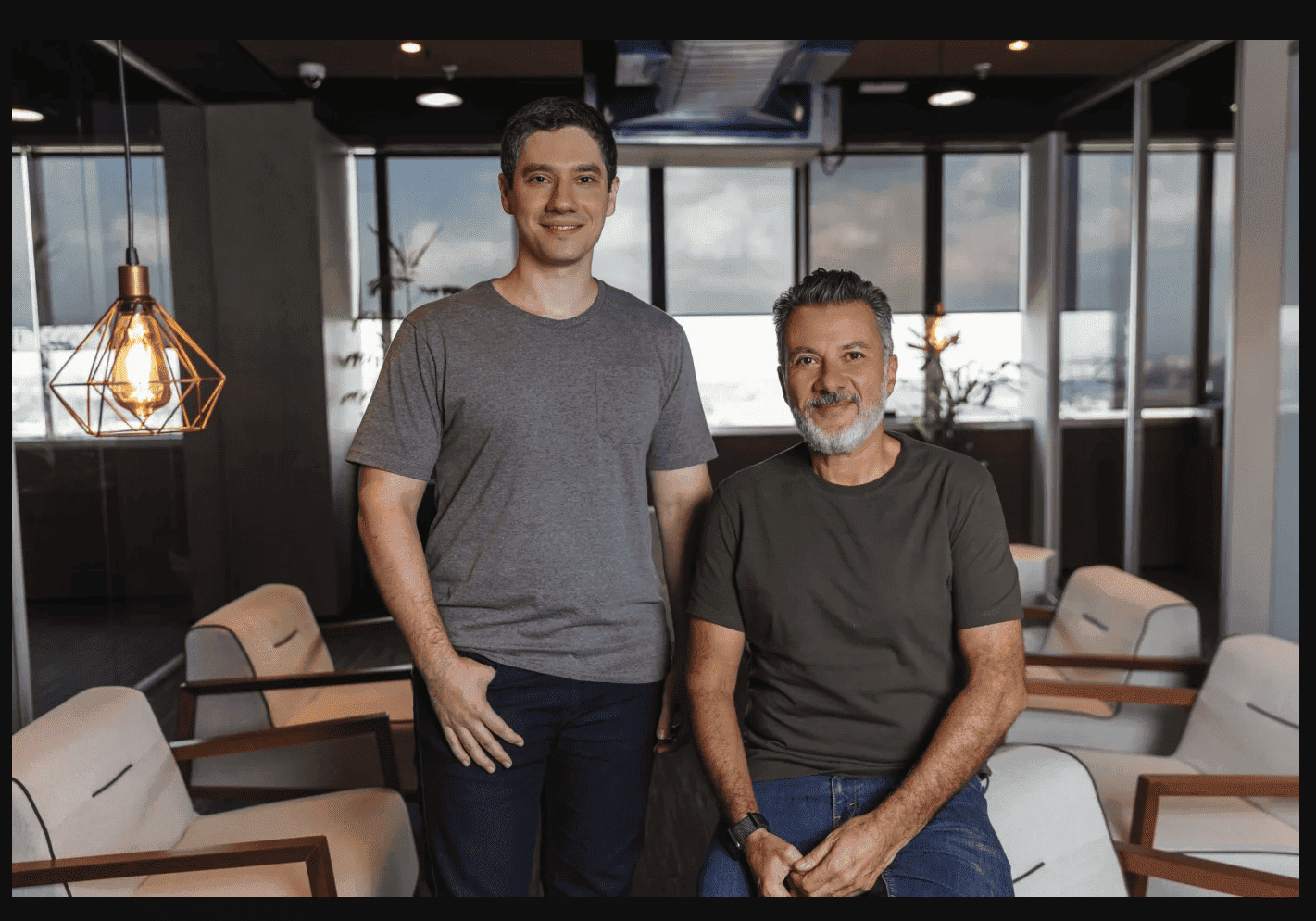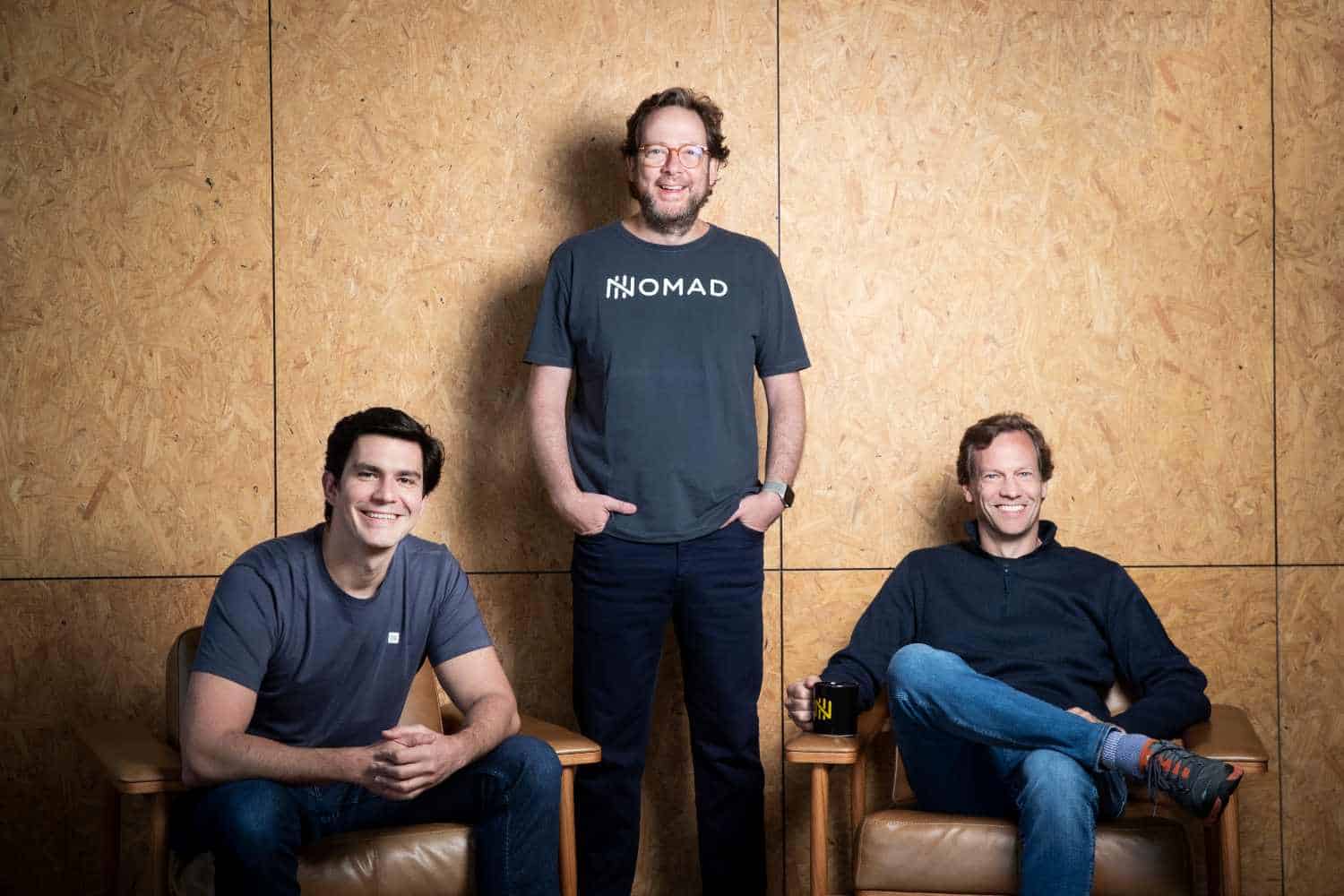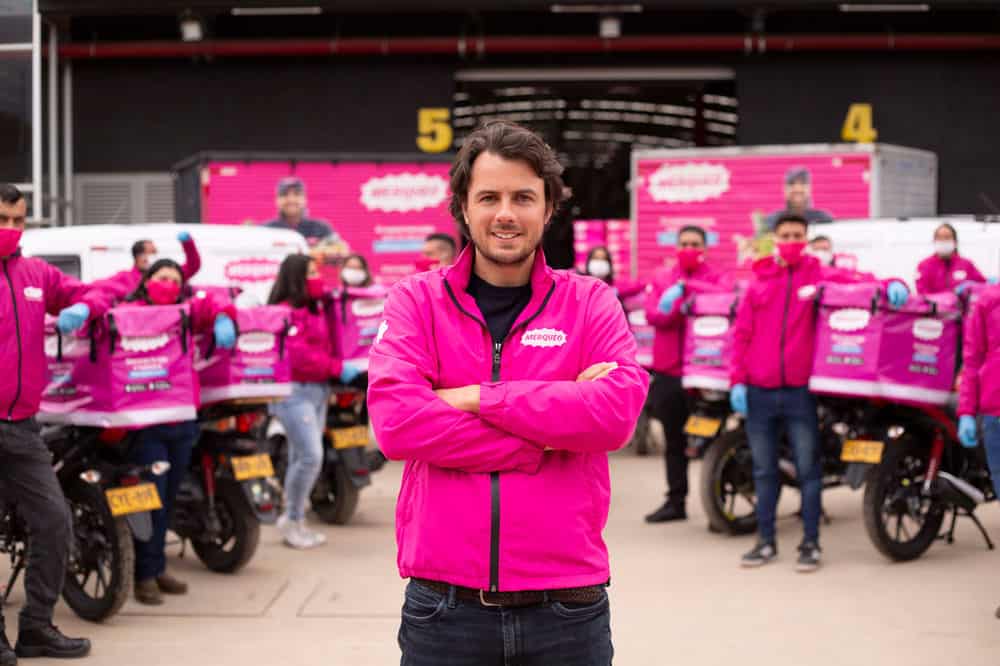By Martín Cifuentes Fuentes
Paying in installments is not exactly something new. However, although it includes that concept, the promise of Buy Now, Pay Later (BNPL) goes much further: it allows people who do not have a credit card to buy in installments in online stores. They do this through an immediate credit at the time of purchase. In recent years, this model has been promoted by several fintech companies worldwide that have automated a process—the approval of credit—that before could take days and require face-to-face procedures. This process is now being integrated into the payment flow of online stores.
Klarna, from Sweden, is considered the most significant global player in BNPL (and with its US$45.6 billion valuation, one of the highest-valued startups in the world). It is followed by Afterpay, from Australia, which Twitter founder Jack Dorsey bought last year. There is also Affirm, Zip, and Sezzle, as well as Pay In 4, which was launched in 2020 by PayPal, a pioneer of online payments that created its own BNPL within its service.
In LatAm, the fintechs Addi (Colombia) and Atrato (Mexico) are among the pioneers of this model. Although it still does not have the penetration of the first world, it has everything to grow in the region, where almost 50% of the population is unbanked, and only 15% use a credit card.
A BNPL that has made headlines in Mexico lately is Nelo. The company, which closed its series A last year at US$20 million, has now announced an alliance with Mastercard that will allow them to extend their services to all online commerce (in any store that accepts payments with that multinational). This is a novelty since, until now, the companies in the region, including Nelo, worked by making store-by-store agreements.
Nelo was formed in 2019 by Stephen Hebson and Kyle Miller, two former Uber executives. Miller worked in the international area: Mexico, Brazil, China, and India were part of his itinerary. There, he noticed the change from cash to digital transactions through smartphones.
Miller says that the appeal of BNPL lies in being a more straightforward form of credit: easier to pay and less complicated to understand than a credit card. In the case of Nelo, he explains, users will only need their INE and telephone number to apply for a loan that—as is customary with BNPL—is approved instantly.
“The strength of BNPL over credit cards is that Nelo knows the specific item the customer is buying, which is very relevant for this new model,” he says.
Despite being a relatively new alternative, Nelo’s CEO states that most of its users are acquired organically, by word of mouth. “We are one of the applications with the highest feedback in the region, and when someone sees that, it is easier to trust,” he explains.
“Currently, we are 100% focused on Mexico, although we are always evaluating opportunities and are aware that these products are needed in other places. The work is so large here that we want to concentrate on ourselves. We want to be the best app in the country.”
Wibond: “Comrpá ahora, pagá después”
Argentina’s Wibond is another BNPL company that is growing (it is part of Y Combinator’s W22 batch). It started out in 2019 as a corporate virtual wallet but quickly realized there was no firm business for that problem. It required a lot of investment and time, explains Ezequiel Bucai, co-founder and CEO.
They began to study different alternatives, and one of them was BNPL, which they saw was having success in the world. They tested the model in 2020 and measured its behavior. “We discovered that the business model has very low margins, a very high user rotation and that, to make it grow in LatAm, it was going to be very complicated, because the installment payment culture already exists,” says Bucai.
They decided to refocus their proposal. What they do today is grant credit in e-commerce spaces to people who are underbanked or unbanked. They define the company as a consumer credit to purchase products with an average amount of US$350. Users can pay up to 12 installments, thus accessing the financial system and products that they previously weren’t able to.
What they achieved—says Bucai—is that for 40% of their users, it is their first time purchasing on an e-commerce site. “The public we want to reach is not someone who does not want to use a credit card, but someone who has no way to access one: our target audience is the working class of Latin America.”
Although he prefers not to talk about turnover, he does refer to their increase in transactions, which are going up at an average of 40% per month. They already have 500 subscribed stores and plan to end this year with 3,000. In addition, they arrived in Chile in 2021 and seek to settle in Mexico and Colombia by the end of 2022.
Bucai explains that one of the great challenges in LatAm for the BNPL model has to do with the implementation times of companies, especially large ones. “Not even all of the main e-commerce companies in LatAm have solutions of this type implemented. They have all looked into it, but the problem is always in the teams’ timing,” he says. He projects that in about five more years BNPL will be widely used in the region.
A BNPL B2B Made in Brazil
Eduardo Rossi, co-founder and CEO of PayHop (Brazil), met Arthur Fontana (co-founder and CTO) through a group of friends. They got along well and kept in touch. Over time, they saw an opportunity in the change of regulation that the Central Bank of Brazil made in relation to credit card charges. This is how PayHop was born: a BNPL startup focused not on consumers but on retailers, that is, B2B. They work with suppliers on the one hand, and with SMEs on the other.
Rossi explains his model from Sao Paulo: “We use the retailers’ credit card receivables as a collateral for their suppliers’ orders —allowing for better terms with zero cost (supplier pays a fee for our service).”
The CEO explains that SMEs are in great need of this type of service: “Typically, the large banks don’t satisfactorily address the credit demand of the SMB clients. It is expensive and a poor/complex journey. Any company, particularly retailers, needs new tools and ways to obtain better working capital solutions”.
Regarding B2B BNPL as a business, Rossi says that it allows sustained growth in the medium-long term and that, compared to B2C companies, the adoption processes tend to be slower. “However, when you gain traction and have multiple companies selling your product at the same time to thousands of retailers, that creates economies of scale with more stickiness and higher switching costs.”

